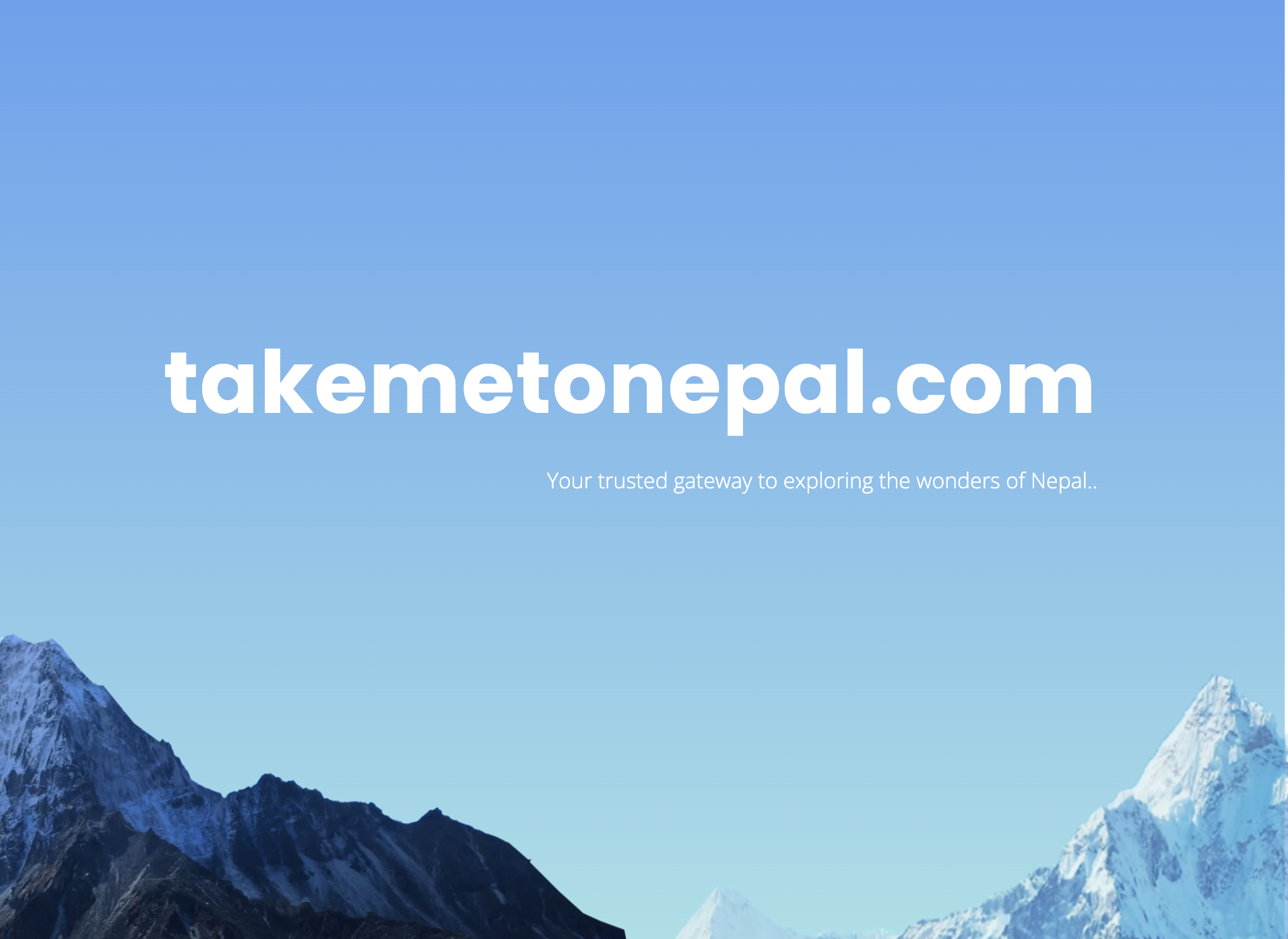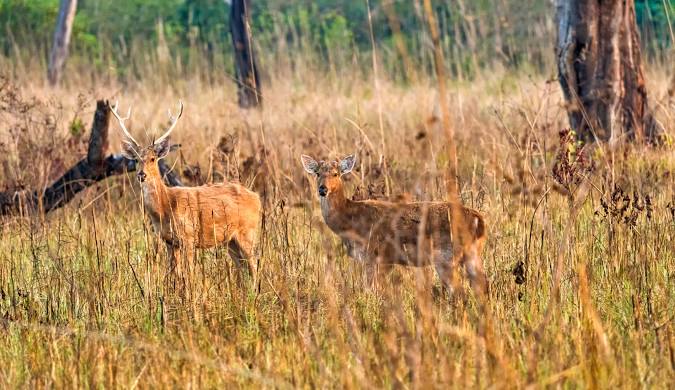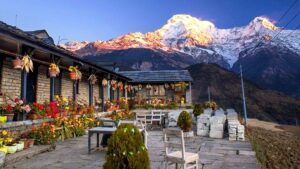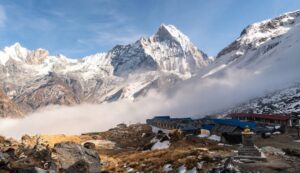Bardiya National Park Jungle Safari

Location
Bardiya District, Terai region, Western Nepal.
Best Time to Visit
October-May (Dry season)

Duration
2-4 days, depending on the tour package.

Difficulty Level
Easy to Moderate

Elevation
100-500 meters (328-1,640 feet) above sea level.
Overview
Bardiya National Park offers a unique wildlife experience in one of Nepal’s largest and most pristine national parks. Located in the western Terai region, Bardiya is a haven for wildlife enthusiasts, nature lovers, and adventure seekers. The park is home to a diverse range of wildlife, including the endangered Bengal tiger, one-horned rhinoceros, and many other species of flora and fauna. The Bardiya Jungle Safari is perfect for those who want to explore Nepal’s rich biodiversity, vast landscapes, and immerse themselves in the serenity of nature.
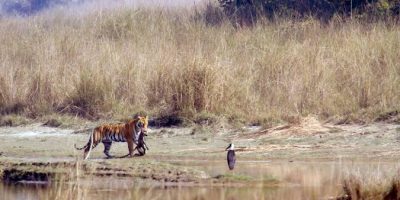
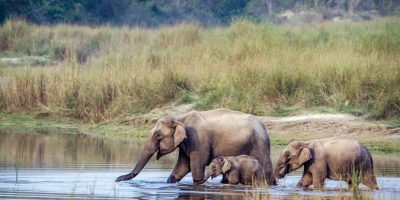
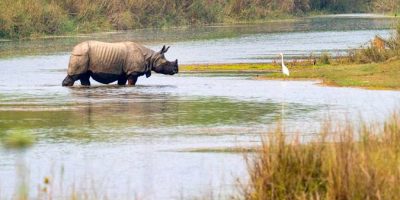
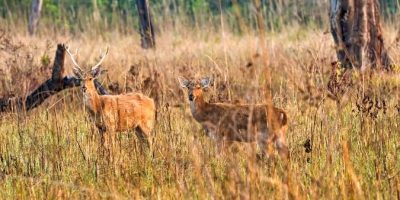
Weather and Climate
The climate in Bardiya is tropical, with warm temperatures throughout the year. The dry season offers the best conditions for wildlife sightings, with clear skies and lower vegetation.
- Best Time to Visit: October-May (Dry season).
- Temperatures:
- Daytime: 25-35°C (77-95°F).
- Nighttime: 15-25°C (59-77°F).
Geological Information
Bardiya National Park is located in the lowland Terai region, characterized by vast grasslands, dense forests, and river systems. The park’s topography varies from grasslands to river valleys, providing rich habitats for various species.
- Highlights:
- Dense Sal forests and riverine ecosystems.
- Natural floodplain habitats that attract diverse wildlife.
Flora and Fauna
Bardiya is home to over 50 species of mammals, more than 350 species of birds, and a wide variety of reptiles and fish. Its biodiversity makes it one of Nepal’s most important conservation areas.
- Flora: Sal trees, riverine forests, grasslands, and wetlands.
Fauna: Bengal tigers, one-horned rhinoceros, wild elephants, deer, crocodiles, and a variety of birds, including sarus cranes and migratory species
History and Culture
Bardiya National Park was established as a conservation area in 1988 and is crucial for the preservation of endangered species like the Bengal tiger and the one-horned rhinoceros. The local communities in and around Bardiya have traditionally been dependent on the forest for their livelihoods, and the park is a significant part of the region’s history and culture.
- Highlights:
- The rich conservation history of Bardiya and its role in protecting endangered species.
- Local communities’ involvement in wildlife conservation and eco-tourism.
People and Customs
The communities around Bardiya National Park are predominantly Tharu, an indigenous group known for their unique culture, traditional practices, and harmonious relationship with nature. Visitors can engage with local Tharu people and experience their customs, dances, and hospitality.
- Highlights:
- Tharu culture, including their traditional stick dance and folk music.
- Homestays with local Tharu families, providing an authentic cultural experience.
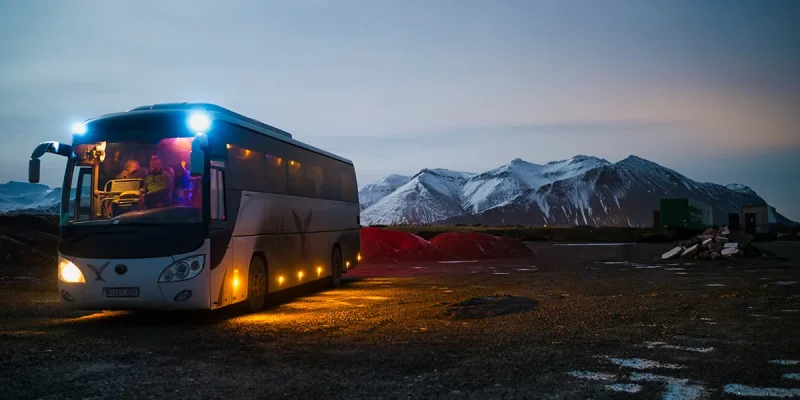
Transportation Information
How to Reach:
- By Air: Fly from Kathmandu to Nepalgunj (1-hour flight), then take a 2-3 hour drive to the park.
By Road: A 12-15 hour drive from Kathmandu to Bardiya.
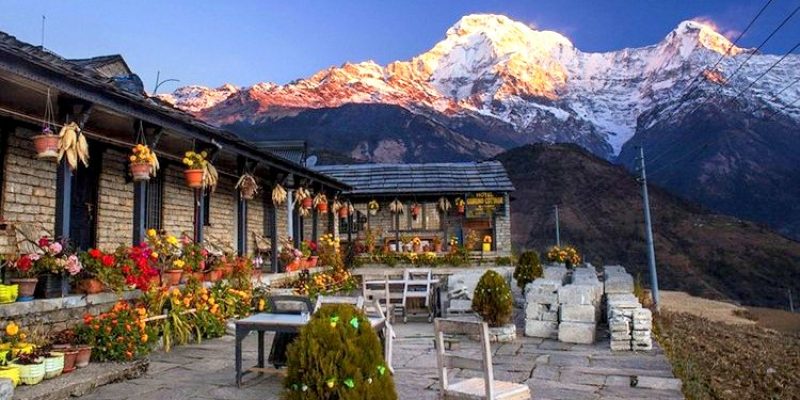
Accommodations
There are several eco-friendly resorts, lodges, and guesthouses available in and around Bardiya National Park, offering varying levels of comfort and amenities.
- Cost: NPR 2,000-6,000 per night depending on the accommodation type and location.
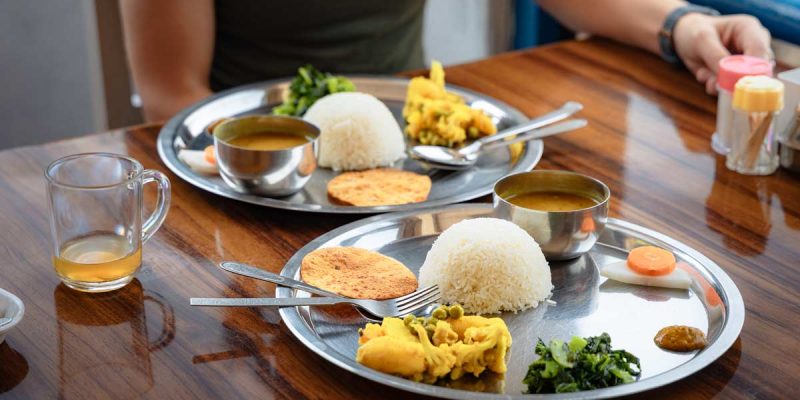
Dining and Cuisine
While on the safari, meals are generally served at the lodges or campsites. The cuisine reflects the local culture, offering delicious traditional dishes.
- Staples: Dal bhat (lentil soup with rice), roti (flatbread), and various curries.
- Snacks: Fresh fruit, local sweets, and tea.
Specialties: Tharu cuisine, such as goat meat curry and wild boar dishes, prepared with locally sourced ingredients.

Permits and Entry Requirements
Visitors to Bardiya National Park need to obtain an entry permit to access the park.
- National Park Entry Fee: NPR 1,000 for foreigners, NPR 150 for SAARC nationals.
Jungle Safari Permit: Included in the safari package. These permits can be arranged in Nepalgunj or the park’s entrance gate.
Safety Information:
Ensure proper acclimatization to prevent altitude sickness.
Carry a first-aid kit and necessary medications.
Emergency services are limited; nearest healthcare is in Pokhara.
Emergency Contact: 112 (Nepal Police).
Gear and Packing Lists
Essentials: Sturdy hiking boots, trekking poles, a sleeping bag (rated for -10°C), and a waterproof jacket.
Other Items: Sunscreen, a headlamp, snacks, and a basic first-aid kit.
Nearby Attractions
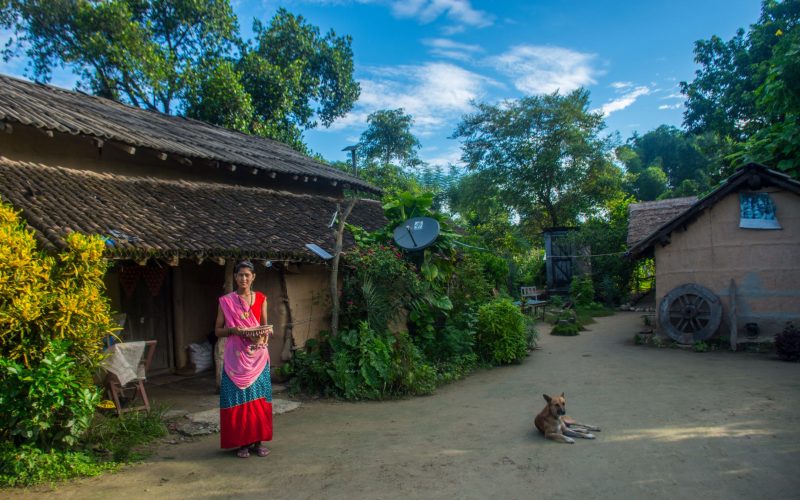
Tharu Villages
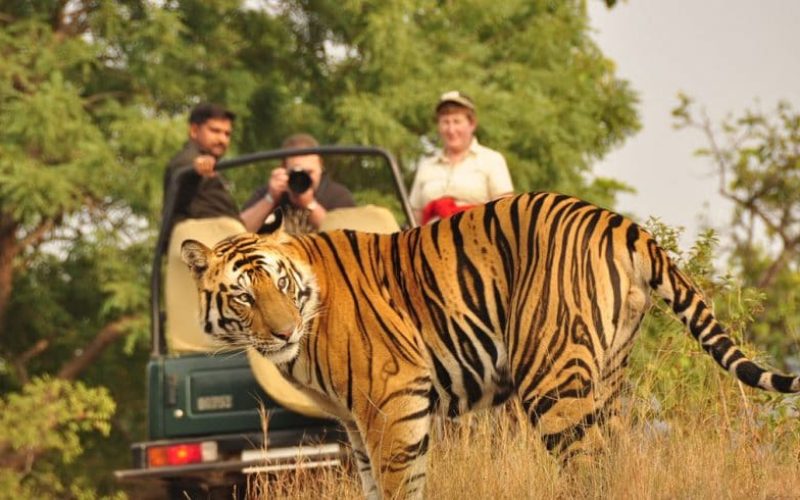
Chitwan National Park
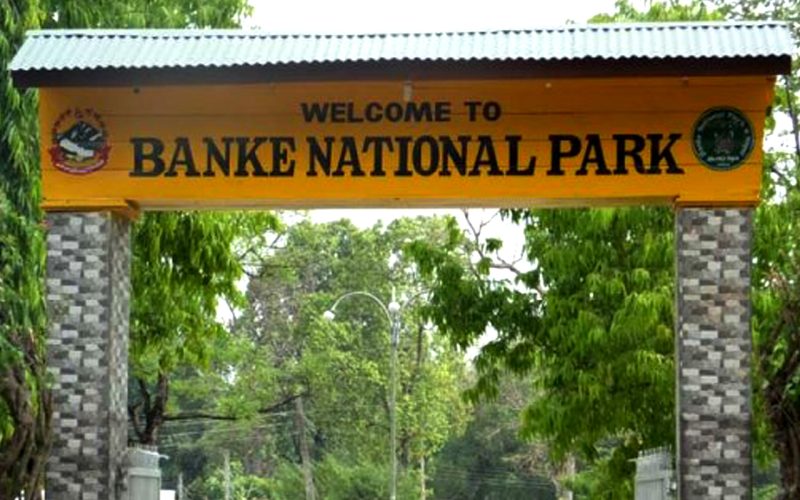
Banke National Park
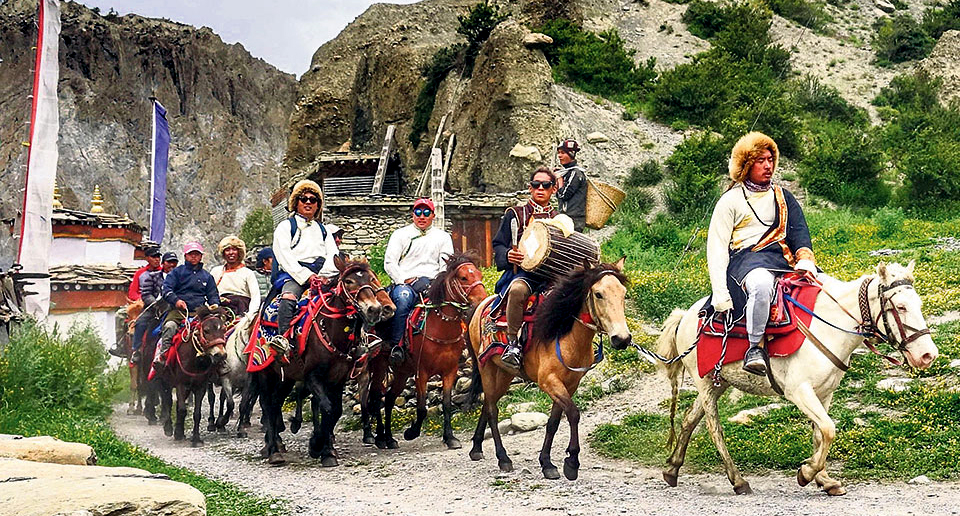
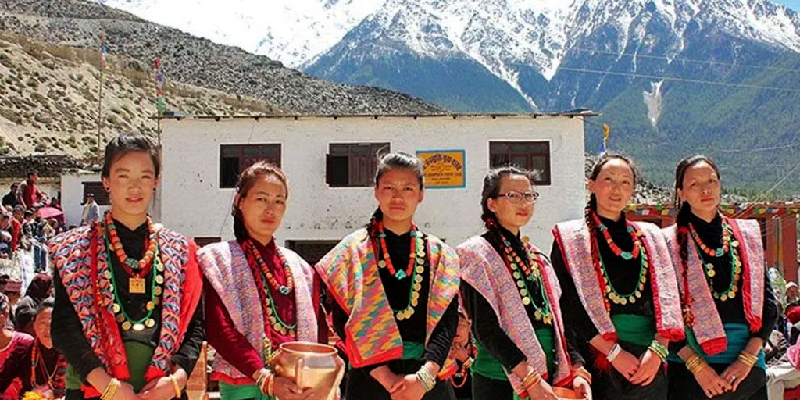
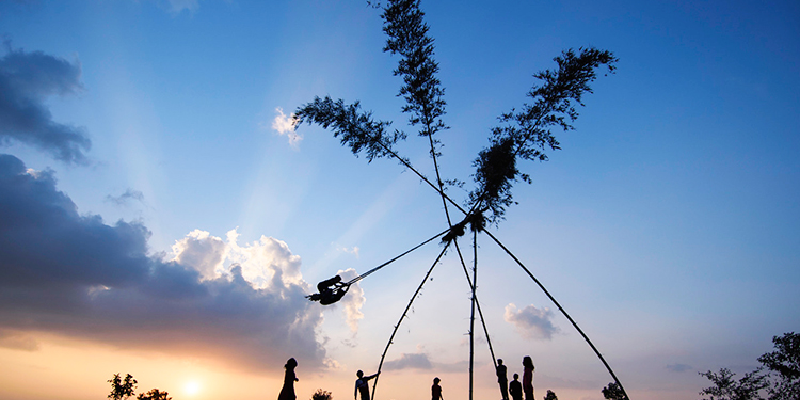
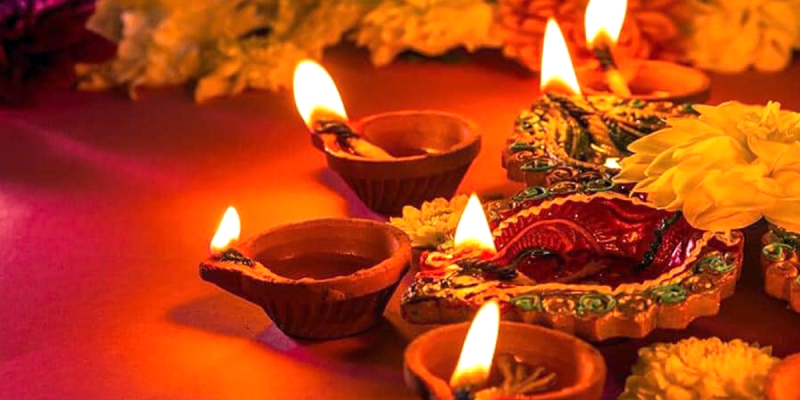
Local Festivals and Events
- Maghi Festival: Celebrated by the Tharu people, this is a major festival marking the beginning of the farming season, with traditional music and dances.
- Bardiya Wildlife Conservation Festival: Held to raise awareness about wildlife conservation in the region.
Lets Plan A Trip
